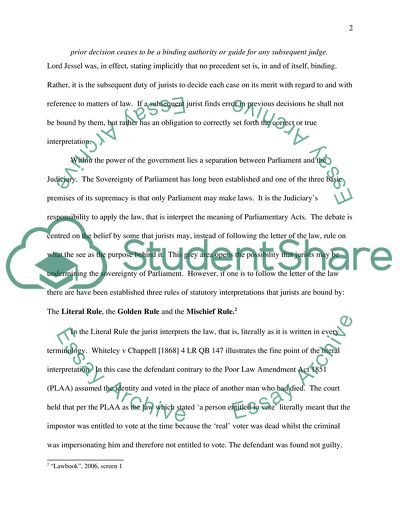Cite this document
(“Establishing Precedence: When is it Binding Essay”, n.d.)
Retrieved from https://studentshare.org/law/1531692-not-specified-please-create-it-yourself
Retrieved from https://studentshare.org/law/1531692-not-specified-please-create-it-yourself
(Establishing Precedence: When Is It Binding Essay)
https://studentshare.org/law/1531692-not-specified-please-create-it-yourself.
https://studentshare.org/law/1531692-not-specified-please-create-it-yourself.
“Establishing Precedence: When Is It Binding Essay”, n.d. https://studentshare.org/law/1531692-not-specified-please-create-it-yourself.


